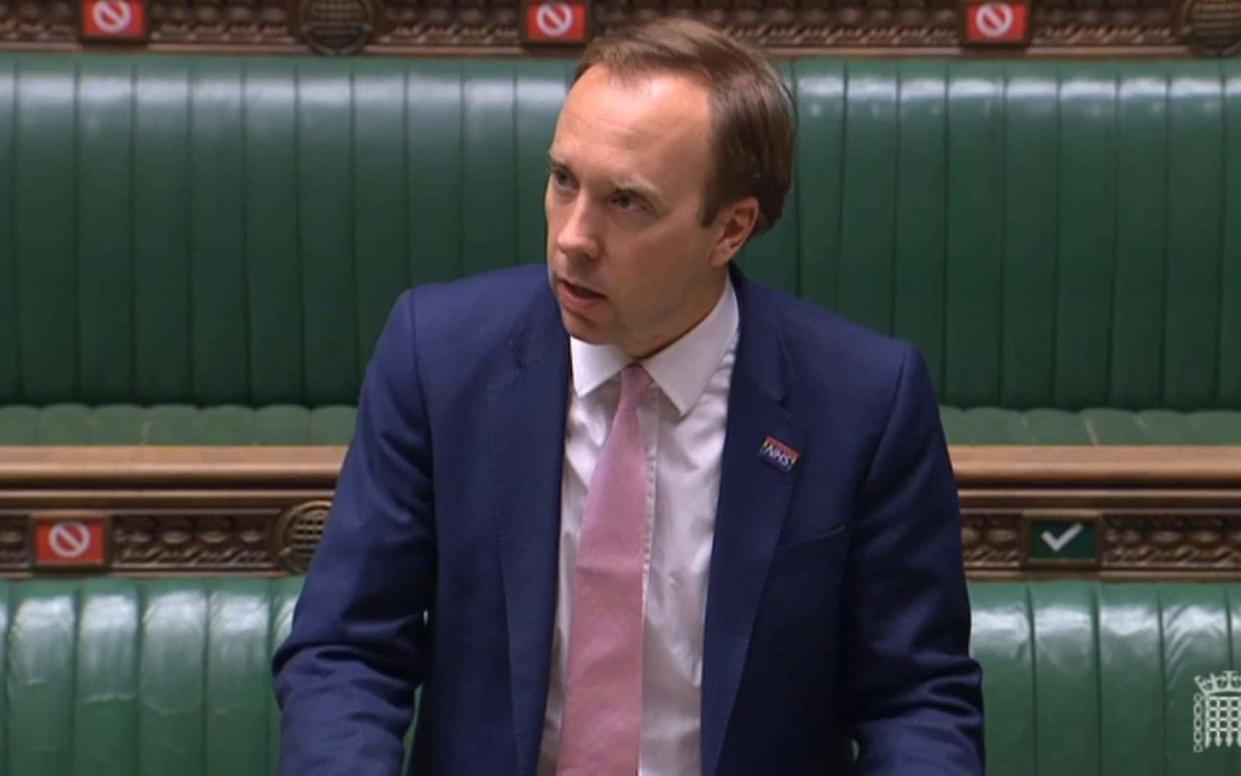What happened to the use of the 'R rate'?

Throughout much of the pandemic it has seemed as if ministers and their scientific advisers could barely get through a sentence without mentioning the “R”.
A hitherto obscure epidemiological concept which describes whether a disease is spreading or in retreat, the term was referenced incessantly at the daily Downing Street briefings.
An R value of less than 1, denoting a decrease in the rate of transmission, was even made an explicit condition of the official strategy to exit lockdown.
As with much of The Government’s core messaging, the idea successfully cut through.
Ordinary people began to speak of the R as if they were discussing the weather, or the score of a football match.
It is striking, therefore, that amid the clamour of public statements made in response to the surge of cases in Leicester, and the subsequent local lockdown, the R value has scarcely been mentioned.
Addressing the House of Commons on Monday, Matt Hanock instead spoke of the seven-day infection rate and of cases per 100,000 (Leicester has 135 - three times' the next highest city).
The Health Secretary also talked of daily hospital admissions for Covid-19 in the area (between six and 10 in Leicester, against one at other trusts).
Rather than a volte-face, however, Mr Hancock’s choice of jargon reflects a discomfort with the R among policy makers that has been growing for some time.
As far back as the second week of June a senior government scientist, speaking to journalists in an off-the-record briefing, issued a “word of caution” about the term, particularly when applied regionally.
He explained that as the number of cases comes down, the R painted a less and less nuanced picture.
The following week, The Government began publishing “growth rates” alongside R values.
For example, while the R for the UK as a whole on that day (June 19) was 0.7 to 0.9, the growth rate was between -4 and -2 per cent.

“R estimates do not tell us how quickly an epidemic is changing and different diseases with the same R can result in epidemics that grow at very different speeds,” a spokesman explained.
“For instance, a disease with R=2 with infection lasting years will grow much more slowly than a disease with R=2 with infection lasting days.
“Growth rates provide us with different information to R estimates, by informing us of the size and speed of change, whereas R value only gives us information on the direction of change.”


